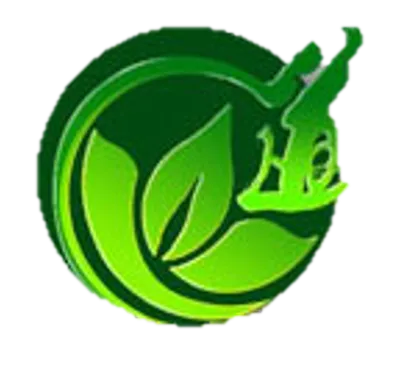Attention-Deficit/Hyperactivity Disorder (ADHD)
Understanding ADHD: A Chinese Medicine and Western Medical Perspective
Attention-Deficit/Hyperactivity Disorder (ADHD) is one of the most commonly diagnosed neurodevelopmental conditions, especially in children—but also increasingly recognized in adults. It is typically characterized by inattention, hyperactivity, and/or impulsivity, affecting academic, social, and emotional development.From a Western medical perspective, ADHD is considered to be caused by neurological and genetic factors, involving underactivity or imbalance in the prefrontal cortex and disruptions in dopamine and norepinephrine transmission. Treatments often include stimulant medications, behavioral therapy, and accommodations in school or work environments.However, medications may bring side effects, and not all individuals respond well. Traditional Chinese Medicine (TCM) offers a more individualized, holistic approach that addresses not only symptoms but also the root patterns of imbalance in the body-mind system.
How Chinese Medicine Views ADHD
In Chinese medicine, ADHD is not seen as a fixed disorder but as a manifestation of disharmony among the organ systems, Qi (energy), blood, and spirit (Shen). Each case is understood based on the person’s constitution, emotions, and lifestyle.Common TCM patterns observed in ADHD include:
1. Heart and Spleen Qi Deficiency
This pattern often presents as poor concentration, mental fatigue, forgetfulness, and low energy. The child may seem dreamy or scattered, with a weak digestive system and pale complexion.
2. Liver Yang Rising or Liver Wind Stirring
This is more common in hyperactive types. It manifests as restlessness, impulsivity, agitation, poor sleep, and quick frustration. Emotional stress or inherited imbalances may be involved.
3. Kidney Essence Deficiency
In cases with developmental delays, low attention span, or poor memory, Kidney deficiency may be involved. This can be a constitutional weakness or result from overexertion and chronic imbalance.
4. Phlegm Obstructing the Heart Orifices
This pattern may present with foggy thinking, excessive talking or movement, poor impulse control, and difficulty calming down. It is often rooted in Spleen weakness and improper diet.
How Chinese Medicine Helps ADHD
1. Acupuncture
Acupuncture can help regulate the nervous system, calm hyperactivity, and improve focus. It promotes balance in the Heart, Liver, and Kidney systems, and enhances the flow of Qi and blood to the brain. Many children and adults report feeling more grounded and emotionally steady.
2. Herbal Medicine
Customized herbal formulas can tonify Qi, nourish the mind, subdue internal Wind, and clear Phlegm. These formulas are tailored to the individual’s needs and can complement existing therapies without harmful side effects.
3. Pediatric Tui Na (Massage Therapy)
For children, gentle acupressure and massage techniques can help regulate internal organs, calm the nervous system, and improve sleep and focus.
4. Lifestyle & Emotional Support
Diet, sleep routines, emotional expression, and parental education are essential. TCM practitioners offer holistic guidance to support the child and family as a unit, focusing on long-term emotional and developmental health.
5. The ZiQia Self-Consistent System
At our clinic, we integrate Dr. Pan Xiaochuan’s ZiQia Medicine, a system that aligns treatment with individual constitution, pulse patterns, and mind-body coherence. This approach is especially effective in helping children find internal stability while supporting their natural growth.
A Whole-Person Approach to Attention and Calm
Rather than labeling the child or suppressing symptoms, Chinese medicine seeks to understand and support the unique energy of each individual. By harmonizing the body, calming the mind, and strengthening core systems, TCM provides a gentle and natural path for managing ADHD.Whether used alone or alongside conventional care, Chinese medicine offers hope and healing for those navigating the challenges of attention and impulse regulation.
